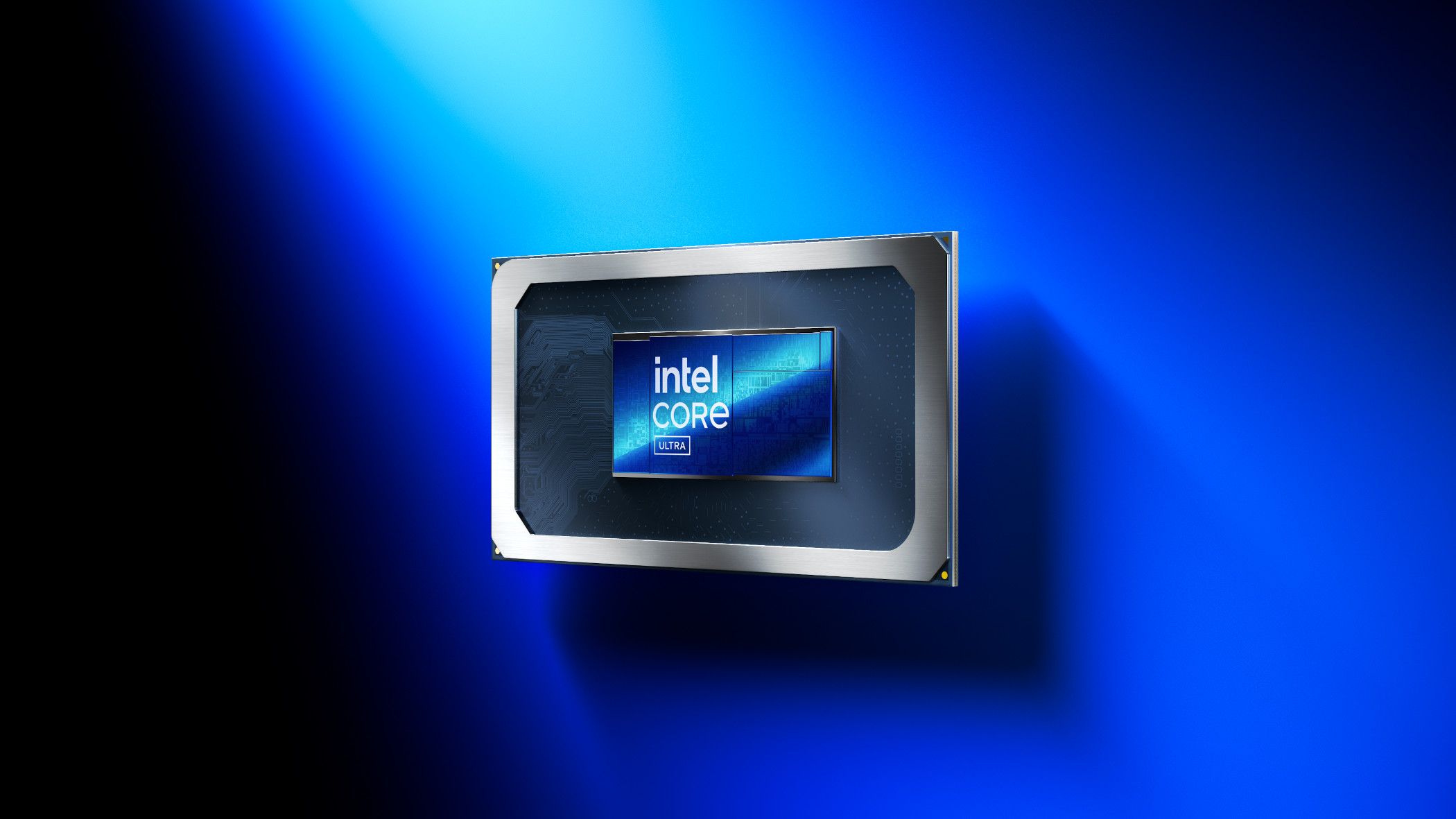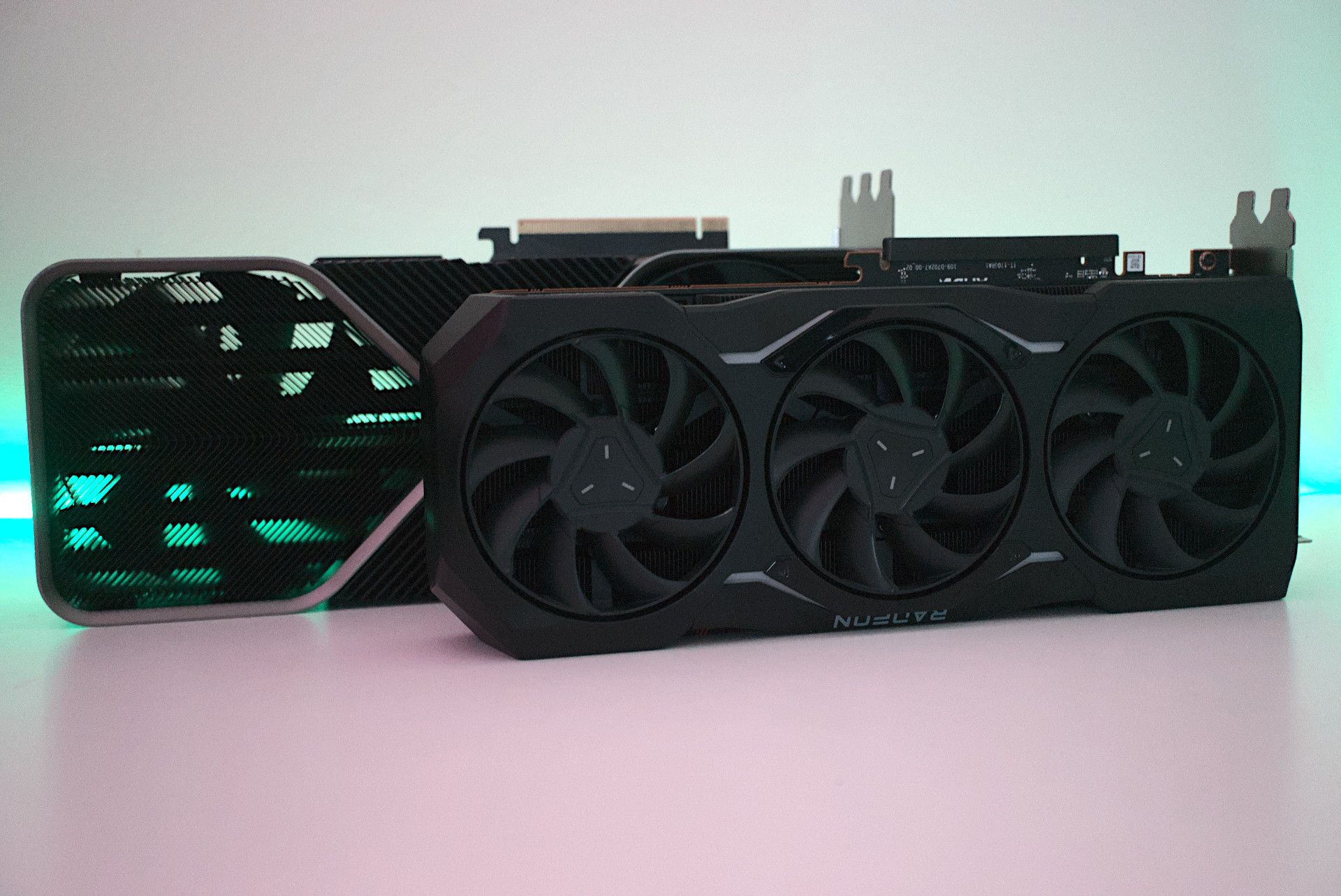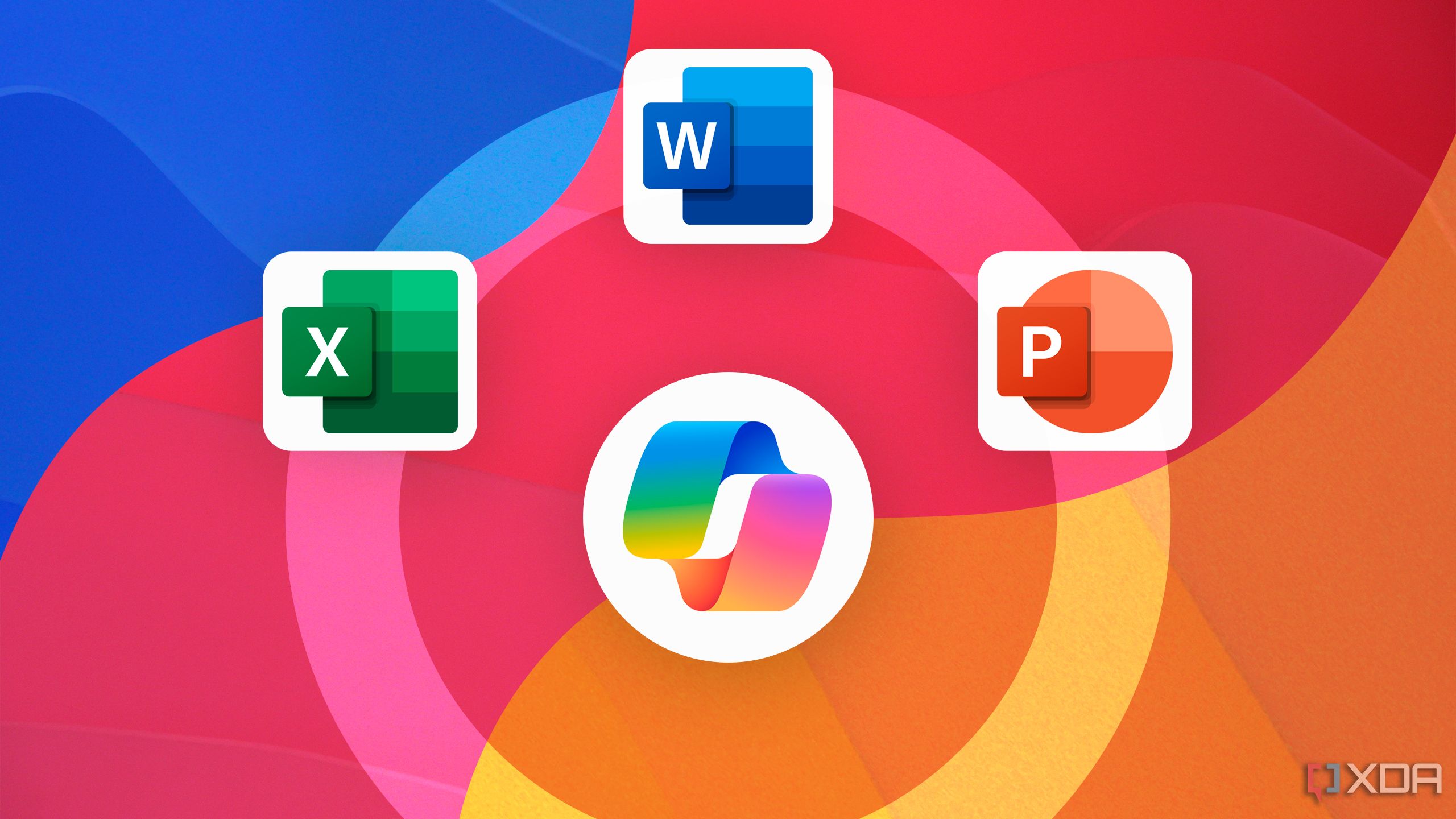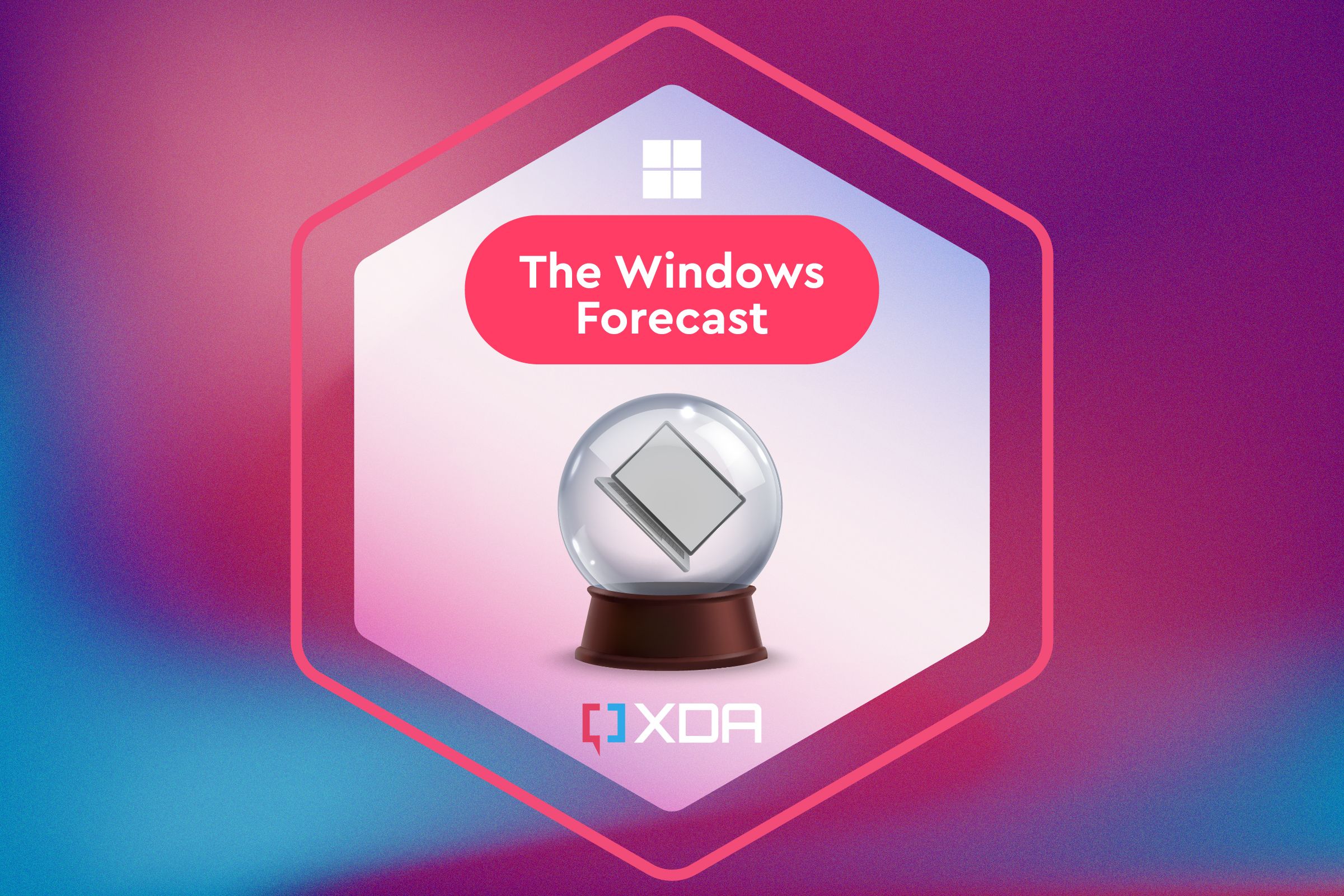If you somehow missed it, CES 2025 happened earlier this month and it was a blast for PC hardware announcements. AMD outed a bunch of new processors, as did Intel, and Nvidia announced the new GeForce RTX 50 series graphics cards. We’ve covered each announcement here at XDA, but if you’d like an easily digestible roundup of what AMD and Nvidia announced, I’ve got you covered with the heavy-hitting news right here.
4
AMD is still king of desktop CPUs
If you want to buy one of the best desktop-class processors, AMD is the only choice right now. Intel is still getting its bearings after years of stagnation and difficulties with its process node development. This led the company to outsource parts of its latest Core Ultra 200 series chips to rival fab TSMC. Things will hopefully look up for the company in 2025, especially with Lunar Lake mobile processors performing well. For the desktop, AMD looks like the better choice in the immediate future. The AMD Ryzen 9 9950X3D has just been announced and should become the new best gaming CPU.
Intel used CES 2025 to launch more laptop processors using the Arrow Lake architecture. These are notably faster than Lunar Lake chips and should provide more performance in a compact form factor. We look forward to testing the Intel Core Ultra 9 285HX with its 24 cores and 5.5 GHz boost speed. Intel’s GPU division has been working wonders and we’ll also see some new integrated graphics on these mobile chips, adding additional headroom for gaming and creative tasks. While Intel isn’t quite down and out in the CPU game, AMD looked in a strong position at CES for the new year.
Related
AMD just announced the best CPU for gamers
Say hello to the mightiest processor for gaming and creating content.

Related
New Arrow Lake Intel Core Ultra mobile processors land with up to 24 cores
The next generation of Intel mobile processors has finally arrived.
3
Nvidia RTX 50 relies on DLSS
The GeForce RTX 50 series is an upgrade of sorts, at least according to released data, but Nvidia’s bold claims with these new GPUs heavily rely on DLSS and other AI-driven features. The company pushed AI hard during its presentation, even going so far as to bring up a virtual Nvidia on stage, which was nothing more than a virtual environment. It was slightly strange, but AI is always bordering on the line of uncanny, something Nvidia’s CEO Jensen Huang has discussed in the past. The big Nvidia GeForce RTX 50 news was the new 5090, 5080, 5070 Ti, and 5070 GPUs.
Starting from $549 for the RTX 5070, Nvidia promised RTX 4090 levels of performance for this mid-range GPU. That’s quite the promise and one that’s not grounded in raw performance. Instead, Nvidia is leveraging advancements made to its AI cores and software, namely DLSS 4. All the new tech combined offers notable improvements over the prior generation without bumping power and price, something that would please many gamers if the RTX 40 series wasn’t already priced out of reach. Here’s how the new stack lines up:
|
Price |
CUDA Cores |
TFLOPS |
GDDR7 |
Power Req |
|
|---|---|---|---|---|---|
|
Nvidia GeForce RTX 5090 |
$1,999 |
21,760 |
318 |
32GB |
575W |
|
Nvidia GeForce RTX 5080 |
$999 |
10,752 |
171 |
16GB |
360W |
|
Nvidia GeForce RTX 5070 Ti |
$749 |
8,960 |
133 |
16GB |
300W |
|
Nvidia GeForce RTX 5070 |
$549 |
6,144 |
94 |
12GB |
250W |
Will you be buying one of Nvidia’s new GeForce RTX 50 series cards? Or will you wait to see what AMD has to offer with RDNA 4? Intel is also clawing at the heels of both brands with its impressive Arc B-series launch.

Related
Nvidia’s GeForce RTX 50 series promises RTX 4090 performance for $549
It’s like an RTX 4090 only much more powerful and with considerably more RAM.

Related
5 reasons DLSS and FSR are game-changers for budget gaming PCs
Budget gaming PCs deal with aa ton of constraints. DLSS and FSR help ease the load
2
Intel is bringing the big cards
While AMD and Nvidia attempt to battle it out with some incredible GPU pricing structures, Intel has been having a blast on its own in the lower end of the market. And by the lower end, I’m talking 1440p gaming. The Intel Arc B580 was a pleasant surprise from Intel, especially following the lackluster Arrow Lake launch on the desktop. The Arc B580 has everything going for it. The price is just $249, the GPU boasts some AI and RT chips for enhanced visuals and performance, and Intel has matured its driver support to cover more games than the previous A-series.
But the company wasn’t finished as it also launched the B570, which costs just $219. It’s slightly cheaper and less capable than the B580 (and is often overshadowed by it), but manages to pack some punch for heavier games at 1080p and 1440p. The latter resolution is fine for this GPU as long as you don’t max out all visual settings and hope for the best. With both of these graphics cards available in the market, Intel has carved itself a solid slice of the pie. Gamers are always looking to save money when it comes to the GPU and Intel is most certainly offering precisely that.

Related
Intel Arc B580 review: Intel desperately needed this to go well
This is the first GPU I’m excited about in years

Related
Intel Arc B570 review: $219 gets you butter-smooth high-quality 1440p gaming
Yet another brilliant Intel Arc GPU for 1440p gaming.
1
It’s the year of AI
For better or worse, we’re seeing yet more launches marketed with artificial intelligence. You’ve likely heard of the term Copilot PC+ and if you haven’t, you will when next shopping for a prebuilt desktop or laptop computer. So what exactly is all this AI PC and Copilot PC stuff? The two terms mean the same thing. They denote a PC with AI capabilities and enough processing power to handle AI tasks. An NPU is only required to achieve Copilot PC+ certification from Microsoft by hitting a set number of TOPS, excluding the CPU and GPU. But what does AI do?
That’s a good question! Microsoft, Apple, and most other tech companies are pushing AI-powered tools to consumers. 2024 saw an avalanche of these be released way ahead of time and it was a mess. No one knew what AI could help them with aside from being blasted left, right, and center through advertising new software and systems. 2025 should be different as we see the buzz continue to dwindle around AI and companies will have to work hard to make their AI offerings actually make sense for the average Joe and Jane.
Nvidia teased this with the new RTX 50 series and its heavier reliance on AI processing to aid with frame generation to boost GPU performance. We’ll likely see more from Intel and AMD that mimics the direction Nvidia is taking GeForce.
CES 2025 was great for the PC
Whether or not you care for AI and “AI PC”, there were some big announcements from all the major players within the industry. It has also laid the foundations for quite the year for the PC. It will almost certainly be a bumpy ride for some (hello, Intel!), but more competition in areas such as GPUs should hopefully provide Team Blue with some much-needed wins. For AMD and Nvidia, it’ll be interesting to see how the public reacts to the RTX 50 and RX 90 series launches. Prices will continue to be high for most system builds, but thankfully there’s always Intel Arc with solid 1440p performance. What was your favorite takeaway from CES 2025?




